Ge gen – Kudzu Roots,Pueraria root
[Medicinal use] This product is the root of the leguminous plant Pueraria lobata.
[Nature and flavor and meridians] Sweet, pungent, flat. Enters the spleen and stomach meridians.
[Effects] Relieve the exterior, promote rash, promote body fluid, and stop diarrhea.
[Clinical application] 1. Used for colds, fever, aversion to cold, no sweat, stiff neck and other symptoms.
Pueraria root has the effect of sweating and reducing fever. It can be used with Bupleurum chinense and other herbs for superficial heat symptoms; it can be used with ephedra, cinnamon twigs, and peony to treat wind-cold symptoms with stiff neck and back, no sweat, and aversion to wind.
2. Used for measles that are not well released.
Pueraria root has the effect of releasing measles. Because it has the function of promoting body fluid and stopping diarrhea, measles with fever and thirst, or accompanied by diarrhea, is often used in combination with Cimicifuga.
3. Used for stomach heat and thirst.
This product can also promote body fluid and quench thirst. For fever thirst, or diabetes, it can be used with Ophiopogon japonicus, Radix Trichosanthis, etc.
4. Used for spleen deficiency diarrhea, damp-heat diarrhea and other symptoms.
This product can promote the clear yang, encourage the spleen and stomach yang to rise, and has the effect of stopping diarrhea. It is often used in combination with Codonopsis pilosula, Atractylodes macrocephala, etc. to treat spleen deficiency diarrhea; but it can also be used with Coptis chinensis, Scutellaria baicalensis, etc., for damp-heat diarrhea and other symptoms.
[Prescription name] Raw Pueraria root, powdered Pueraria root (raw, used for relieving exterior symptoms, clearing rashes, and promoting body fluids.), stewed Pueraria root (fried with bran until slightly yellow, used for stopping diarrhea.
[General dosage and usage] Three to five qian, decocted and taken.
[Attached medicine] Pueraria flower: the flower of medicinal powdered Pueraria. It is sweet and mild in nature. It can detoxify alcohol, wake up the stomach and quench thirst. It is suitable for excessive drinking, thirst, and injured stomach qi. The general dosage is one to two qian, decocted and taken.
[Comments] 1. Pueraria root is sweet and moist, mild in nature and slightly cool, and has the effects of ascending, dispersing, reducing fever, and promoting body fluids. It can be used for any evil that is trapped in the skin, the body heat does not subside, whether thirsty or not, with or without sweating.
2. According to the experience of predecessors, Pueraria root can be used to treat the symptoms of stiff neck and back. In recent years, through clinical practice, this The product does have the effect of relieving muscle spasms.
[Example of prescription] Chai Ge Jie Ji Tang “Six Books on Cold Damage”: Bupleurum, Pueraria, Gypsum, Qiang Huo, Angelica dahurica, Scutellaria baicalensis, Peony, Platycodon grandiflorum, Licorice, Ginger, Jujube. Treats three Yang combined diseases. Headache, fever, restlessness and insomnia, eye pain and dry nose, sore limbs, and weak pulse.
Ge Gen Huang Qin Huang Lian Tang “Treatise on Cold Damage”: Pueraria, Scutellaria baicalensis, Coptis chinensis, Licorice. Treats body fever and diarrhea, chest and epigastric heat, thirst in the mouth, panting and sweating.
Ge Gen Tang “Treatise on Cold Damage”: Pueraria, Ephedra, Licorice, Peony, Cinnamon Twig, Ginger, Jujube. Treats Taiyang disease, stiff neck and back, no sweat and aversion to wind; also treats Taiyang and Yangming combined diseases, spontaneous diarrhea.
This product is Pueraria lobata, a plant of the Leguminosae family. The dried root of lobata (Wild.) Ohwi. It is commonly known as wild kudzu. It is collected in autumn and winter, cut into thick slices or small pieces while fresh, and dried.
[Eigenschaften]
This product is in the form of longitudinally cut rectangular thick slices or small squares, 5~35cm long and 0.5~1cm thick. The outer skin is light brown to brown, with longitudinal wrinkles and roughness. The cut surface is yellowish white to light yellow brown, and some have obvious textures. It is tough and fibrous. It has a slight odor and a slightly sweet taste.
[Identifikation]
(1) This product is light brown in powder. The starch powder is spherical in shape, 3~37um in diameter, with glue dots, cracks or stars: the compound grains are composed of 2~10 sub-grains, and the fibers are mostly bundled, with thick walls and lignification. Most of the surrounding cells contain calcium oxalate crystals, forming crystal fibers, and the walls of the crystal-containing cells are lignified and thickened. Stone cells are rare, quasi-round or polygonal, 38~70um in diameter, with larger rimmed pit vessels and hexagonal rimmed pits. Shape or oval, arranged very closely.
(2) Take 0.8g of this product powder, add 10ml of methanol, let stand for 2 hours, filter, evaporate the filtrate, add 0.5ml of methanol to the residue to dissolve, and use it as the test solution. Take another 0.8g of Pueraria lobata reference medicinal material, and prepare the reference medicinal material solution in the same way. Take puerarin reference substance, add methanol to prepare a solution containing 1mg per 1ml, and use it as the reference substance solution. According to the thin layer chromatography method (General Rule 0502), take 10μ of each of the above three solutions and spot them on the same silica gel G thin layer plate to make strips. Use chloroform-methanol-water (7:2.5:0.25) as the developing agent, develop, take out, dry, and examine under ultraviolet light (365nm). In the chromatogram of the test product, light strips of the same color appear at the corresponding positions of the chromatogram of the reference medicinal material and the chromatogram of the reference substance.
[Inspektion]
Der Wassergehalt darf 14,01 TP3T nicht überschreiten (Allgemeine Regel 0832, Methode 2).
Total ash content shall not exceed 7.0% (General Rule 2302).
Heavy metals and harmful elements shall be determined according to the lead, cadmium, arsenic, mercury and copper determination method (General Rule 2321 atomic absorption spectrophotometry or inductively coupled plasma mass spectrometry), lead shall not exceed 5mg/kg; cadmium shall not exceed 1mg/kg; arsenic shall not exceed 2mg/kg; mercury shall not exceed 0.2mg/kg; copper shall not exceed 20mg/kg,
[Extrakt]
Determined according to the hot leaching method under the alcohol-soluble extract determination method (General Rule 2201), using dilute ethanol as solvent, and shall not be less than 24.0%.
[Inhaltsbestimmung]
Bestimmt gemäß Hochleistungsflüssigchromatographie (Allgemeine Vorschrift 0512).
Chromatographic conditions and system suitability test Octadecanane bonded tridacnamidyl gum was used as filler: methanol-water (25:75) was used as mobile phase; the detection wavelength was 250nm, and the number of theoretical plates calculated according to the puerarin peak should be no less than 4000. Preparation of reference solution Take an appropriate amount of puerarin reference, accurately weigh it, and add 30% ethanol to make a solution containing 80ug per 1ml. Preparation of test solution Take about 0.1g of the powder of this product (passed through a No. 3 sieve), accurately weigh it, put it in a stoppered conical bottle, accurately add 30% ethanol 50ml, weigh the weight, heat and reflux for 30 minutes, cool it, weigh it again, make up the lost weight with 30% ethanol, shake it well, filter it, and take the filtrate to obtain it.
Determination method Accurately aspirate 10ml of reference solution and test solution respectively, inject it into the liquid chromatograph, and determine it.
This product contains not less than 2.4% puerarin (C21H200g) calculated on the basis of dry product.
Dekoktstücke
[Verarbeitung]
Remove impurities, wash, moisten thoroughly, cut into thick slices, and dry in the sun.
[Eigenschaften]
This product is in irregular thick slices, thick threads or blocks with a side length of 0.5~1.2cm. The cut surface is light yellow-brown to brown-yellow. Tough texture, strong fiber. Slight odor, slightly sweet taste.
[Inspektion]
Der Wassergehalt entspricht dem des Arzneimittels und beträgt höchstens 13,01 TP3T.
Total ash is the same as the medicinal material, not more than 6.0%.
[Identification][Extract][Content determination]
Dasselbe wie das medizinische Material.
[Natur und Geschmack und Meridiane]
Sweet, spicy, cool. It enters the spleen, stomach, and lung meridians.
[Funktionen und Anzeigen]
Relieves muscle and fever, promotes fluid production and quenches thirst, clears rashes, raises yang and stops diarrhea, promotes blood circulation and activates collaterals, and detoxifies alcohol. Used for exogenous fever and headache, stiff neck and back pain, thirst, thirst, measles that do not break out, heat dysentery, diarrhea, dizziness and headache, hemiplegia caused by stroke, chest pain and heart pain, and alcohol poisoning.
[Usage and dosage] 10~159.
[Storage] Place in a ventilated and dry place to prevent moth.
Where is the main origin of Pueraria root?
Wild kudzu is mainly produced in Henan, Hunan, Zhejiang, and Sichuan; sweet kudzu vine is mainly produced in Guangxi and Guangdong.
Where is the main medicinal part of Pueraria root?
Medicinal part of Pueraria root:
Dried root of Pueraria lobata (Willd.) Ohwi, a leguminous plant.
Characteristics of the medicinal part of Pueraria root:
This product is irregular thick slices, thick silk or square blocks with a side length of 0.5~1.2cm. The cut surface is light yellow-brown to brown-yellow. Tough texture and strong fiber. Slight smell and slightly sweet taste.
How are Pueraria root recorded in ancient books?
“Ben Jing”: “It cures thirst, fever, vomiting, various numbness, raises Yin Qi, and relieves various poisons.
“Zhenzhu Nang”: “It can raise Yang and produce body fluids. If the spleen is weak and thirsty, it can only be cured by this. “Compendium of Materia Medica Volume 18”: “Pueraria root is a Yangming meridian medicine, and it also enters the spleen meridian. The spleen governs the muscles. “Ben Cao Jing Shu”: “Pueraria root is the key medicine for dispersing Yangming febrile disease heat evil, so it cures thirst, fever, heat congestion in the chest and vomiting. It is a wind medicine that disperses and rises, so it cures various numbness.
“Ben Jing Feng Yuan”: “Kuang root is light and floating. When used raw, it can raise yang and produce body fluid. When used cooked, it can invigorate the stomach qi. Therefore, it can treat thirst caused by stomach deficiency and Qiwei Baizhu powder.
Auswirkungen
Kuang root has the functions of relieving muscle and reducing fever, producing body fluid, clearing rash, raising yang and stopping diarrhea.
What are the main effects and clinical applications of Kudang root?
Kuang root is used for exogenous fever and headache, stiff neck and back pain, thirst, thirst, measles that does not break out, dysentery, diarrhea, dizziness and headache, hemiplegia due to stroke, chest pain, and alcohol poisoning.
Exogenous fever, stiff neck and back pain
·For those who are cold, “it is often used with ephedra, cinnamon twig, etc.;
·For those who are hot, it is often used with bupleurum, phellodendron, etc.
Thirst and thirst caused by fever
·For thirst caused by fever and body fluid loss, it is often used with radix trichosanthis, rhizoma anemarrhenae, etc.;
·For internal heat and thirst, thirst and frequent drinking, it is often used with astragalus, ophiopogon, radix trichosanthis, etc.
Measles that does not break out
It is often used together with cimicifuga.
Diarrhea
· Treat diarrhea caused by spleen deficiency and sinking of the clear yang, often with Atractylodes macrocephala, ginseng, costus root, etc.;
Treat diarrhea caused by damp heat, often with Scutellaria baicalensis and Coptis chinensis. .
Hemiplegia caused by stroke, chest pain and heart pain
Can be used alone; or with Salvia miltiorrhiza and Chuanxiong.
What other effects does Pueraria root have?
Fever caused by wind, stiff neck and back pain, thirst, influenza, hypertension, diabetes, alcoholism, etc.
· Pueraria root (sliced) 30g, polished rice 60g.
· First add water to the casserole to boil Pueraria root to extract juice, remove the residue, add polished rice, and cook until the porridge becomes thick soup.
Children with wind-heat cold and fright, with fever, headache, vomiting, crying and restlessness, etc.
· 159g of kudzu root, 6g of ginger, 50g of polished rice, a little honey,
· First put kudzu root and ginger into a sand pot, add appropriate amount of water to boil, remove the residue and take the juice, then add polished rice to cook porridge, let the porridge cool to warm, pour in honey and mix well.
Exogenous wind-cold, cold body heat due to lung defense stagnation, no sweat, headache and body pain, chest distress, etc. (now can be used for the initial onset of colds in autumn and winter)
· 90g of kudzu root (sliced), 14 stems of green onion, 100g of fermented black beans (wrapped in cotton).
· Put the 3 ingredients in the recipe into a sand pot, add 3L of water, boil and take 1.2L, filter the residue and take the juice for later use.
Those with excessive alcohol poisoning, thirst, headache, vomiting, sour and rotten, restlessness (now can be used for alcohol poisoning, hypertension, diabetes, etc.)
· 300mL of fresh kudzu root juice, or 300g of dried kudzu root.
· If there is no fresh kudzu root, slice the dried kudzu root, put it in a casserole, boil it for 1 hour, and filter the residue to get the juice. Take the juice once and drink it all.
What are the compound preparations containing kudzu root?
· Kudzu root decoction tablets/granules
Sweating and relieving the surface, promoting body fluid and relaxing the meridians. Used for colds caused by wind and cold, symptoms include: fever, chills, nasal congestion and runny nose, cough and itchy throat, thin and white sputum, no sweat, headache and body pain, stiff and uncomfortable neck and back, thin white or thin and white moist fur, floating or floating and tight pulse.
· Kudzu root and qinlian pills/tablets
Relieve muscles and penetrate the surface, clear heat and detoxify, promote dampness and stop diarrhea. Used for diarrhea, abdominal pain, yellow and sticky stool, and burning anus caused by damp-heat accumulation; and fever, aversion to wind, headache and body pain caused by colds caused by wind and heat.
·Sangge Jiangzhi Pills
Nourish the kidney and spleen, promote bowel movement and dissipate blood stasis, clear away heat and dampness. Used for hyperlipidemia of spleen and kidney deficiency, phlegm turbidity and blood stasis type. ·Yuquan Capsules/Granules
Nourish yin and replenish qi, promote fluid production and quench thirst, clear away heat and relieve restlessness. Indications: deficiency of qi and yin, thirst and frequent drinking, good digestion and hunger; diabetes with the above symptoms. ·Chai Ge Jie Ji Tang (Six Books on Cold Damage)
Relieves muscles and clears heat. Indications: exogenous wind-cold, depression and heat syndrome. Aversion to cold gradually eases, fever increases, headache without sweat, eye pain and dry nose, restlessness and insomnia, dry throat and deafness, eye socket pain.
Chai Ge Jie Ji Tang (Medical Insights).
Relieves muscles and clears heat. Indications: exogenous wind-heat, and internal heat syndrome. No aversion to cold but thirst, yellow tongue coating.
Chengma Gegen Tang
Relieves muscles and clears rash. Indications: initial onset of measles. Rash does not break out, fever and headache, cough, red eyes and tears, thirst, red tongue.
· Kudzu root, Scutellaria baicalensis and Coptis chinensis decoction
Relieves exterior symptoms and clears interior. Mainly used for fever and diarrhea. Body fever and diarrhea, chest discomfort, dry mouth and thirst, and sweating.
Modern research progress on kudzu root
This product has multiple pharmacological effects such as antipyretic, coronary artery dilation, anti-myocardial ischemia, improvement of cardiac function, improvement of cerebral circulation, lowering blood pressure, inhibiting platelet aggregation, lowering blood sugar and blood lipids, anti-oxidation, anti-tumor, and liver protection.
Verwendung
Kudzu root has the functions of relieving muscle and fever, promoting body fluid, clearing rash, and raising yang and stopping diarrhea. It can be taken with decoction, or it can be used for porridge or soup. But no matter which method is used, it needs to be taken according to the doctor’s instructions.
How to use kudzu root correctly?
For oral use: decoction, 10g~15g; or put into pills and powders, or fresh products are mashed into juice. For external use: mash.
· The usage of kudzu root is mainly decoction, and the dosage is about 10g~15g.
. When using kudzu root externally, take an appropriate amount of kudzu root powder and ginger juice and mix them. Apply it to the affected area. It has a therapeutic effect on spider and other insect bites. After different processing methods, kudzu root, stewed kudzu root and other Chinese medicinal materials can be produced. It is suitable to be used raw to relieve muscle and fever, clear rash, and promote fluid production. It is suitable to be stewed to promote yang and stop diarrhea. Fresh kudzu root is the best for promoting fluid production. Different processing methods have different effects, but the method of use is the same. Please follow the doctor’s advice for specific medication.
Before using the medicine, soak the medicinal materials in water for 30 minutes. The amount of water added is determined according to the dosage. The water surface can be about 2 cm higher than the medicinal materials. Boil with high heat (high heat) and simmer for 30 to 60 minutes. Generally, it needs to be decocted twice, and the amount of water added in the second decoction is 1/3 to 1/2 of the first decoction. Remove the residue and filter the two decoctions, mix them, and take them in 2 times.
Kudzu root is generally used in decoctions, decoctions, or powders or pills. However, the use of Chinese herbal medicines must be based on syndrome differentiation and treatment, and should be used under the guidance of professional Chinese medicine practitioners. Do not use them at will, and do not listen to Chinese medicine prescriptions and advertisements at will.
Gängige Kombinationen der chinesischen Medizin sind wie folgt:
Raw Pueraria root with Scutellaria baicalensis and Coptis chinensis: Raw Pueraria root can relieve muscle and fever, raise yang and stop diarrhea: Scutellaria baicalensis and Coptis chinensis are bitter and cold, good at clearing heat and dampness, purging fire and detoxifying. The three medicines are matched, which can clear heat, dry dampness and detoxify, and can also penetrate heat, raise yang and stop diarrhea, and are good at treating damp-heat diarrhea at the beginning.
In addition, Pueraria root can also be used for daily health care, and the common consumption methods are as follows:
Cook porridge (Pueraria root powder porridge): 200 grams of Pueraria powder, 300 grams of corn. Soak corn in clean water for one night, drain it the next day, mix it with Pueraria powder, cook porridge according to the usual method, and add seasonings after the porridge is ready. People with hypertension, diabetes, diarrhea, and other diseases should eat it regularly. Soaking wine (two ginseng wine): Pueraria root and raw astragalus, raw rehmannia and other Chinese medicines are combined to make wine, which has the effects of nourishing yin, invigorating qi and activating blood circulation.
Osmanthus kudzu powder soup: 5 grams of osmanthus sugar, 50 grams of kudzu root. First use cold boiled water to mix the kudzu powder, then use boiling water to dissolve the kudzu powder, make it crystal clear, add osmanthus sugar and mix evenly. It is suitable for people with fever, thirst, irritability, oral ulcers and other symptoms.
Note: People with superficial deficiency, sweating and hyperactivity of false yang should use it with caution.
How to prepare kudzu root?
Pueraria root
Take the original medicinal materials, remove impurities, wash, moisten, cut into thick slices, and dry.
Stewed kudzu root
Stew with wheat bran: Sprinkle wheat bran in the hot stir-fry pot, continue heating, add kudzu root slices when smoke comes out of the pot, stir fry continuously until the medicine surface is brown, take it out, sieve out the burnt bran, and let it cool. For every 100kg of kudzu root slices, use 30kg of wheat bran. Wet paper stew: Take kudzu root slices or pieces, wrap them with three layers of wet paper, bury them in smokeless hot fire ash, and wait until the paper is burnt black and the kudzu root is slightly yellow, then remove the paper and cool it for later use.
What drugs should be used with kudzu root at the same time and special attention should be paid?
The combined use of Chinese medicine and the combined use of Chinese and Western medicine requires syndrome differentiation and clinical individualized treatment. If you are using other drugs, please consult a doctor before taking the medicine, and inform the doctor of all your diagnosed diseases and the treatment plan you are receiving
Medikamentenanweisungen
Kudzu root has no obvious toxic side effects and adverse reactions, but it should be used with caution by people with spleen and stomach deficiency.
What precautions should be taken when using kudzu root?
Use with caution by people with deficiency and coldness, and use with caution by people with stomach coldness and vomiting.
Schwangere und Stillende: Wenn Sie schwanger sind, eine Schwangerschaft planen oder stillen, informieren Sie Ihren Arzt rechtzeitig und lassen Sie sich beraten, ob chinesische Medizin zur Behandlung eingesetzt werden kann.
· Kinder: Die Einnahme von Kindern muss unter ärztlicher Anleitung und Aufsicht eines Erwachsenen erfolgen.
During the medication period, it is necessary to avoid eating cold, raw and cold foods, spicy and greasy foods. .
Please keep the herbs properly and do not give them to others.
How to identify and use Pueraria root?
· Pueraria root is sweet, spicy and cool. It enters the spleen and stomach meridians. It has the function of relieving muscle and fever, and can It has the effects of promoting body fluid and clearing rash, raising yang and stopping diarrhea.
· Raw Pueraria root is good at relieving muscles, reducing fever, clearing rash, and promoting body fluid. It is mostly used for fever, thirst, measles, etc.
· The dispersing effect of simmered Pueraria root is reduced, and the antidiarrheal function is enhanced. It is mostly used for damp-heat diarrhea and spleen deficiency diarrhea
Medikamententipps
Die am häufigsten von Patienten gestellten Fragen
What are the effects and functions of Pueraria Decoction Granules?
Pueraria Decoction Granules are Chinese medicine preparations, mainly containing Pueraria root, ephedra, white peony, cinnamon twig, licorice, ginger and other Chinese medicines.
The medicine has the effects of sweating, relieving the surface, promoting body fluid and relaxing the meridians.
Modern research shows that this product has antibacterial, antiviral, antipyretic, analgesic, antihistamine and other effects.
· Clinically, this product is used to relieve fever and fear of cold, nasal congestion and runny nose, cough and itchy throat, white diarrhea, sweating, headache and body pain, stiff neck and back discomfort caused by colds.
· This product can also be used for anti-allergy, immune regulation, and has a certain protective effect on acute alcoholic liver damage.
What should I pay attention to when taking Gegentang Granules?
Gegentang Granules are prescription drugs. Patients cannot take them according to the instructions. They can only take them under the guidance of doctors. During the medication period, patients should pay attention to a light diet, avoid spicy, cold, and greasy foods, quit smoking and drinking, to prevent gastrointestinal reactions, affect drug absorption, and reduce drug efficacy.
Patients should not take this product at the same time as tonic Chinese medicines such as ginseng and deer antlers. Taking both together will not only fail to achieve the effect of nourishment, but may also aggravate the condition. After taking the medicine for a period of time, if the symptoms do not improve or any discomfort occurs, the patient should communicate with the doctor in time.
Can Pueraria lower blood pressure?
Yes.
Pueraria total flavonoids can dilate coronary blood vessels and cerebral blood vessels, increase coronary blood flow and cerebral blood flow, reduce myocardial gas consumption, and increase oxygen supply. Pueraria can directly dilate blood vessels, reduce peripheral resistance, and have a significant antihypertensive effect. It can better relieve the “tight neck” symptoms of hypertensive patients, so it is often used in clinical treatment of hypertensive neck pain.
Can kudzu flower detoxify alcohol?
Kuzu flower has the effect of detoxifying alcohol and is often used to treat headaches and dizziness caused by alcohol poisoning, or nausea, vomiting, and short and astringent urination caused by long-term drinking and gastrointestinal heat accumulation.
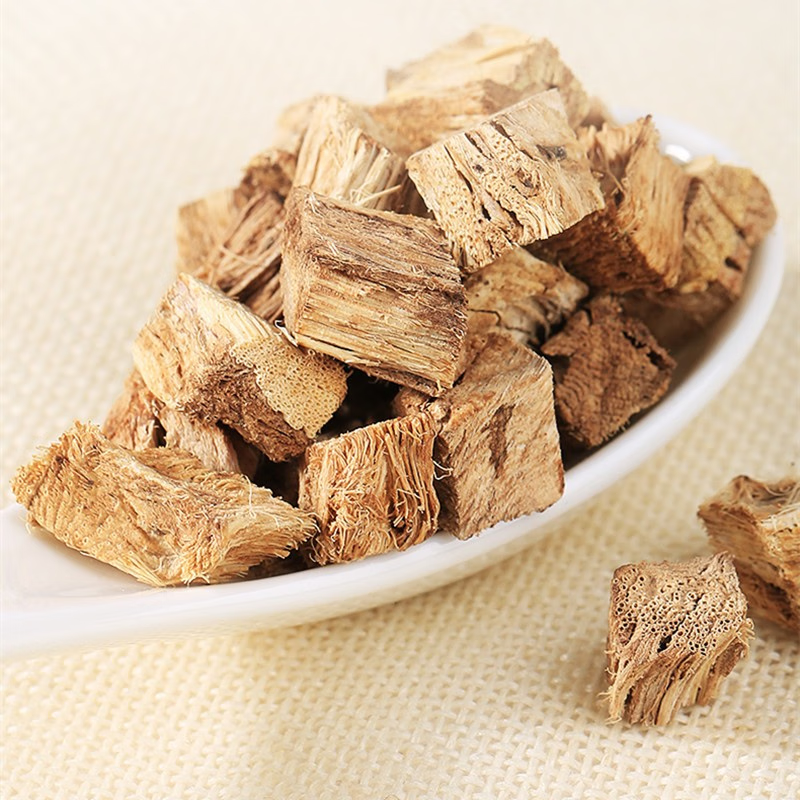
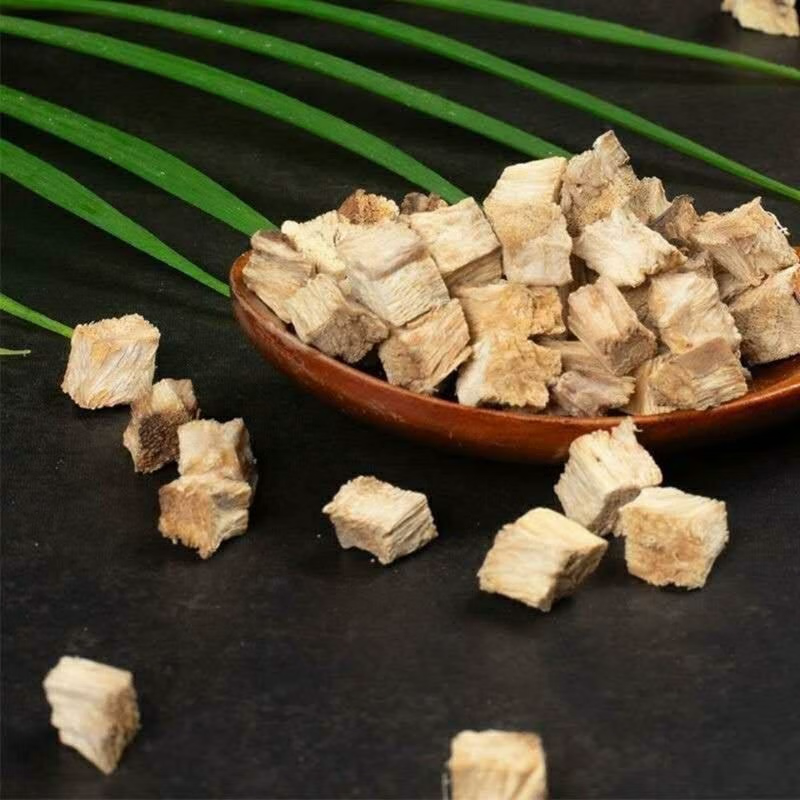
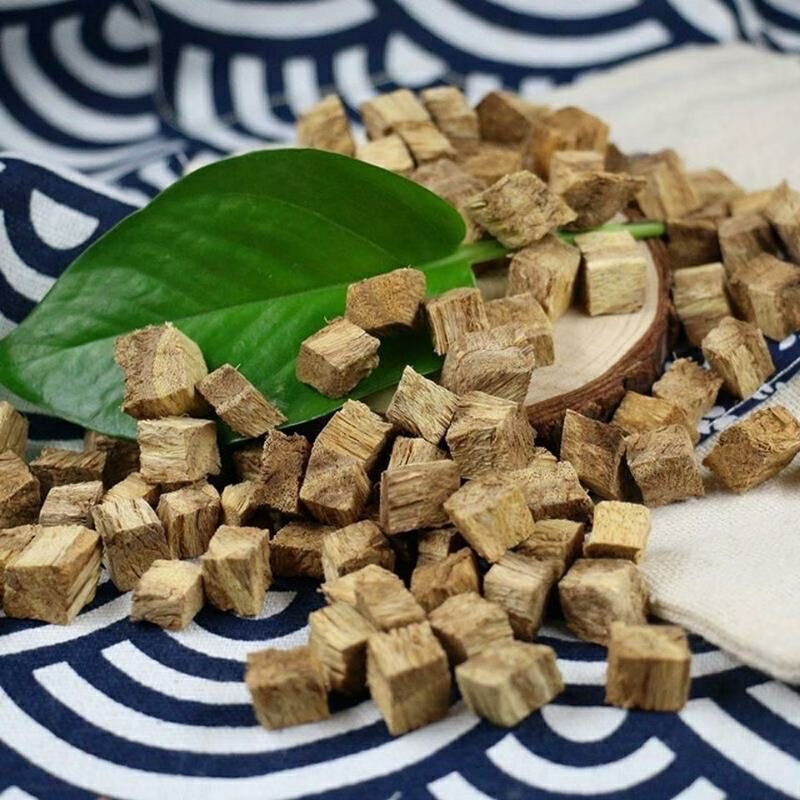
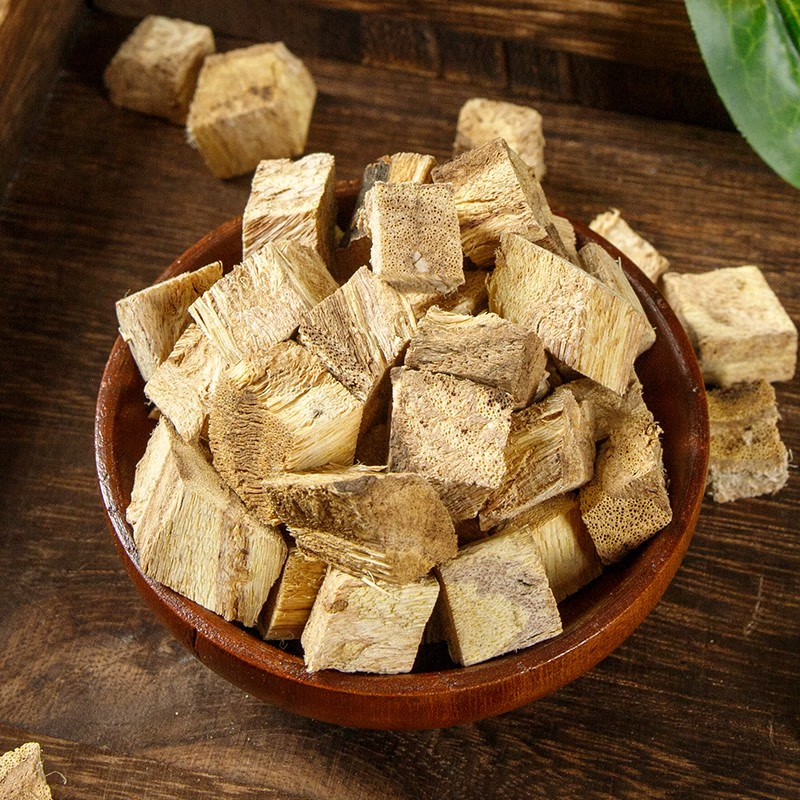
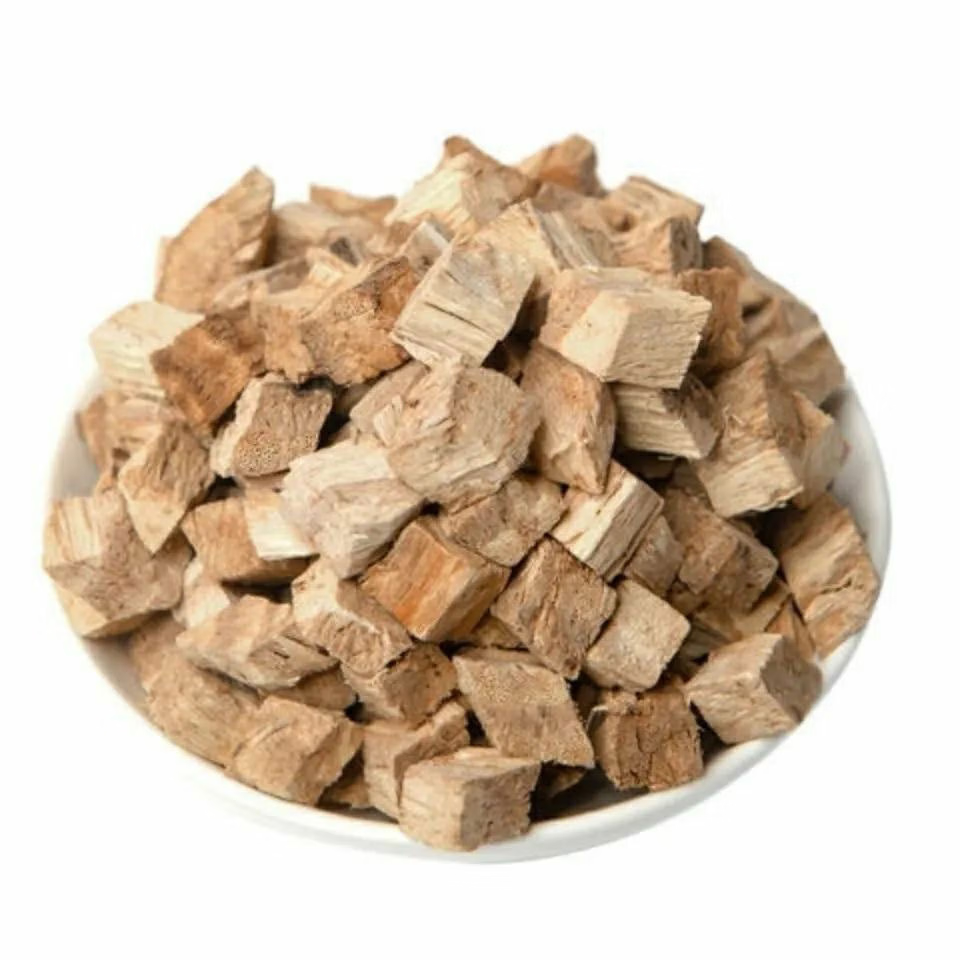

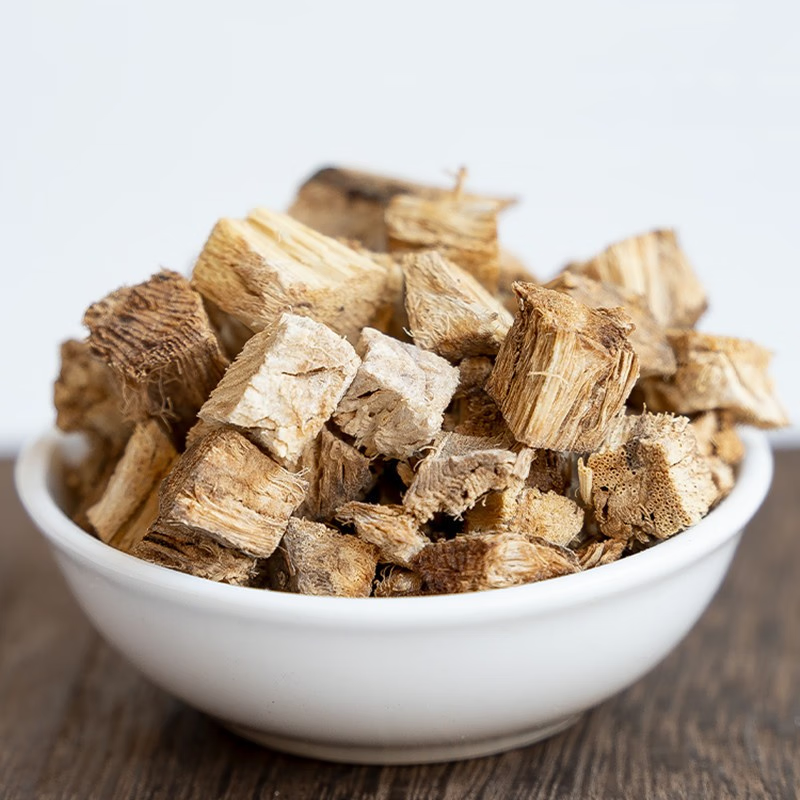
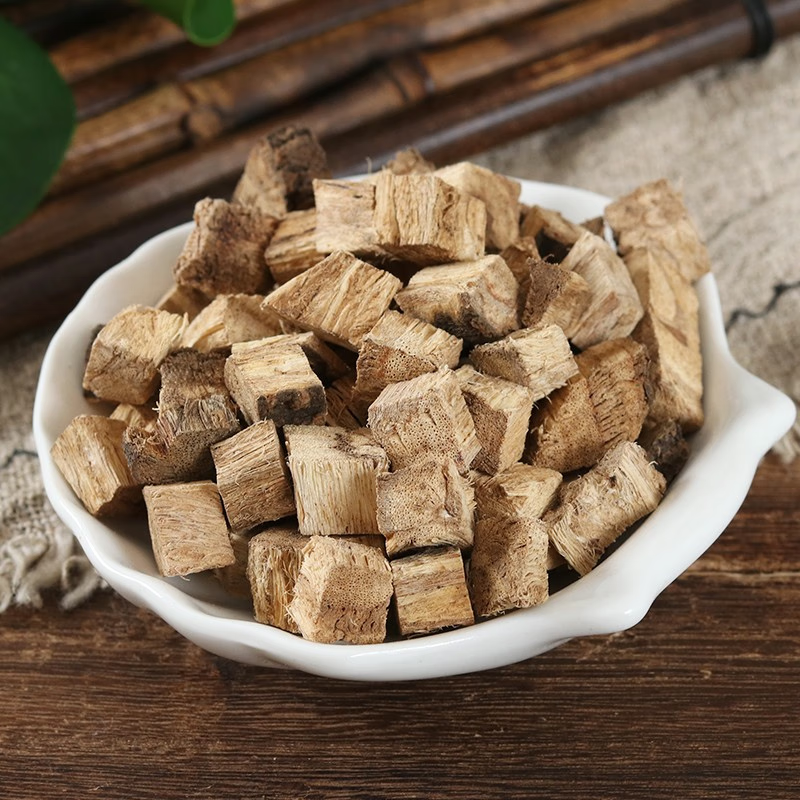
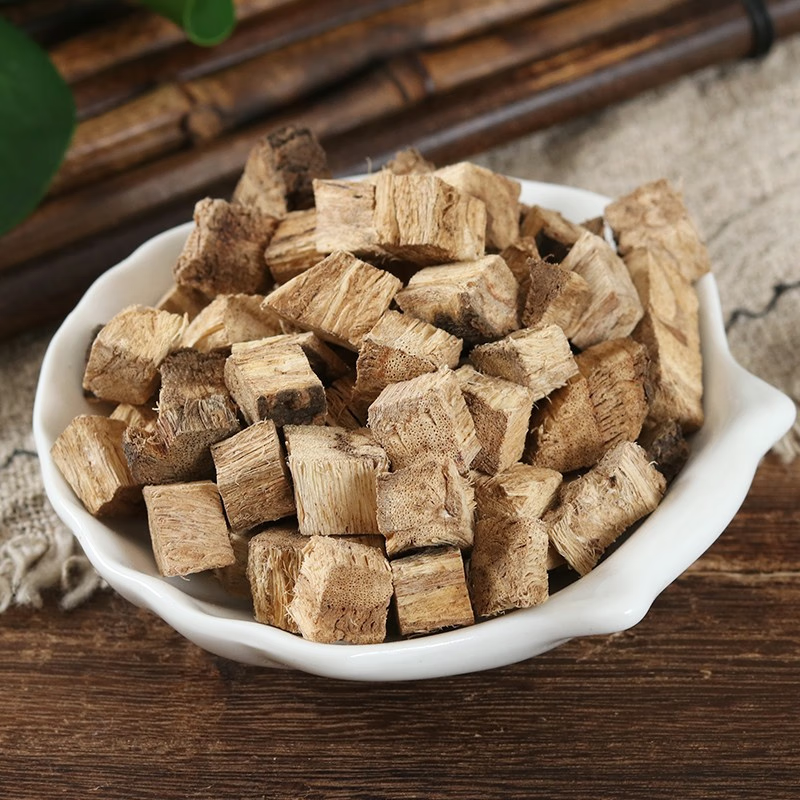

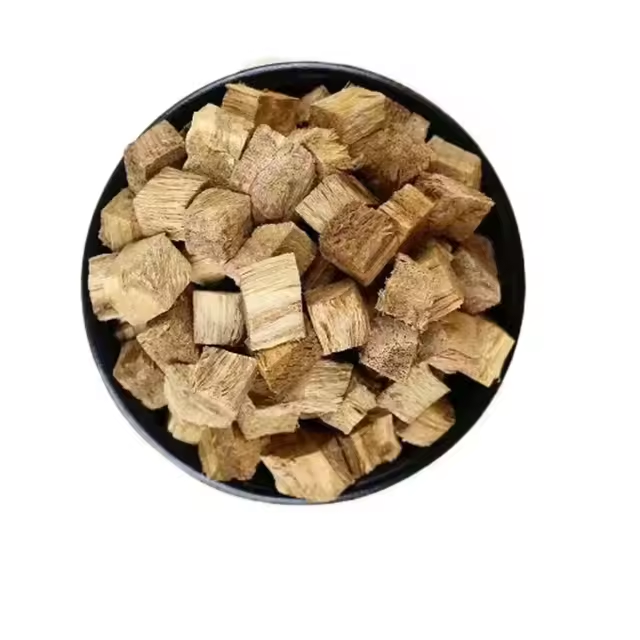
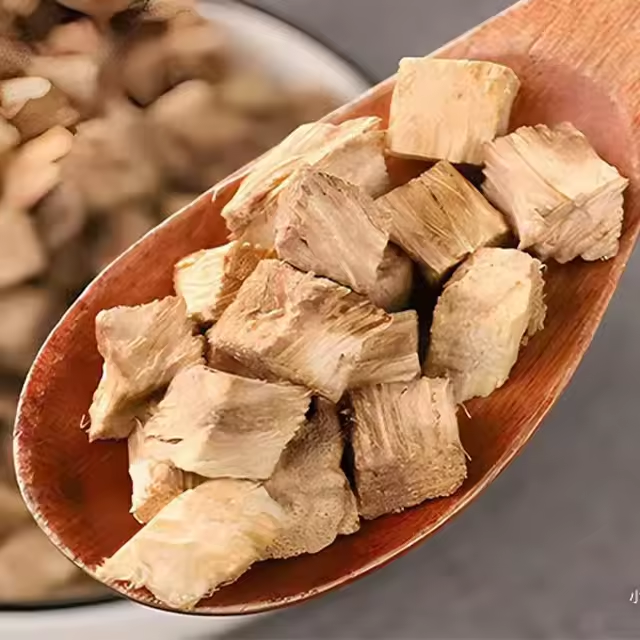
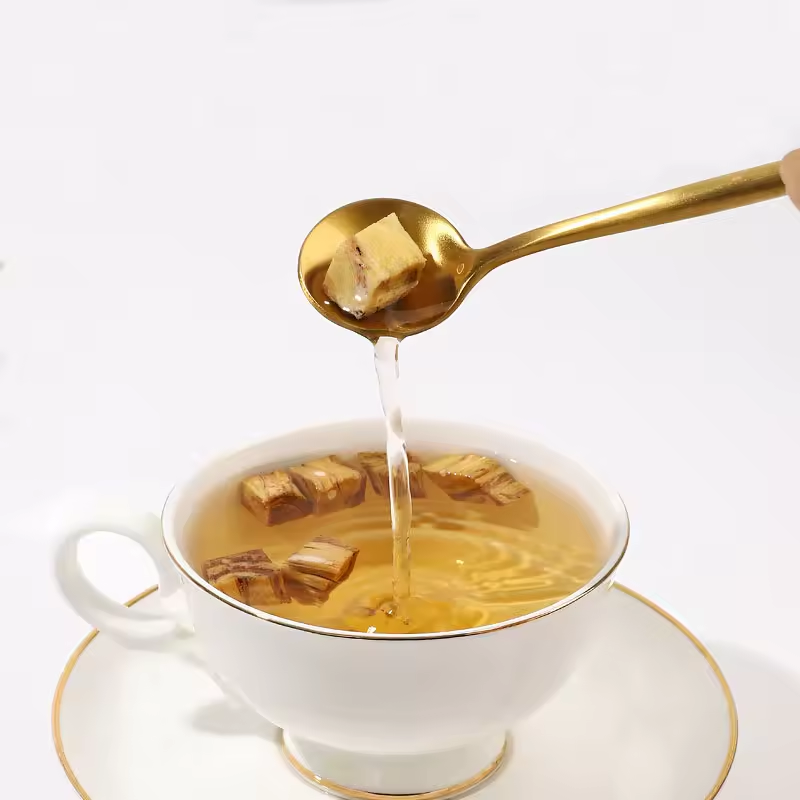
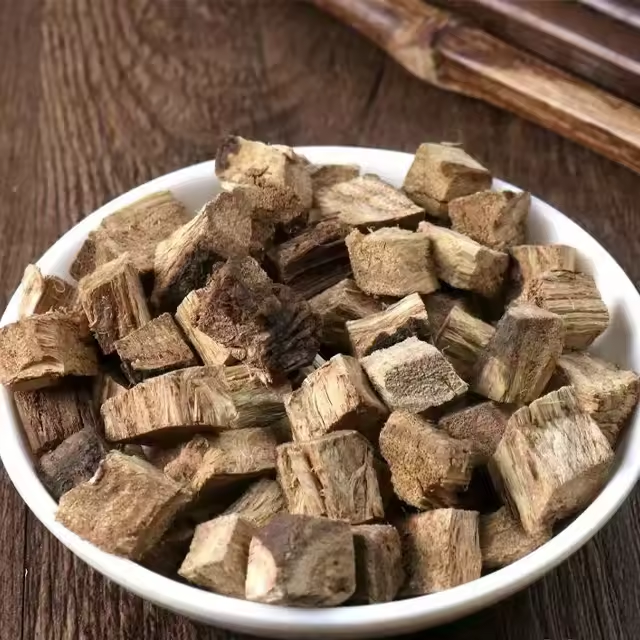
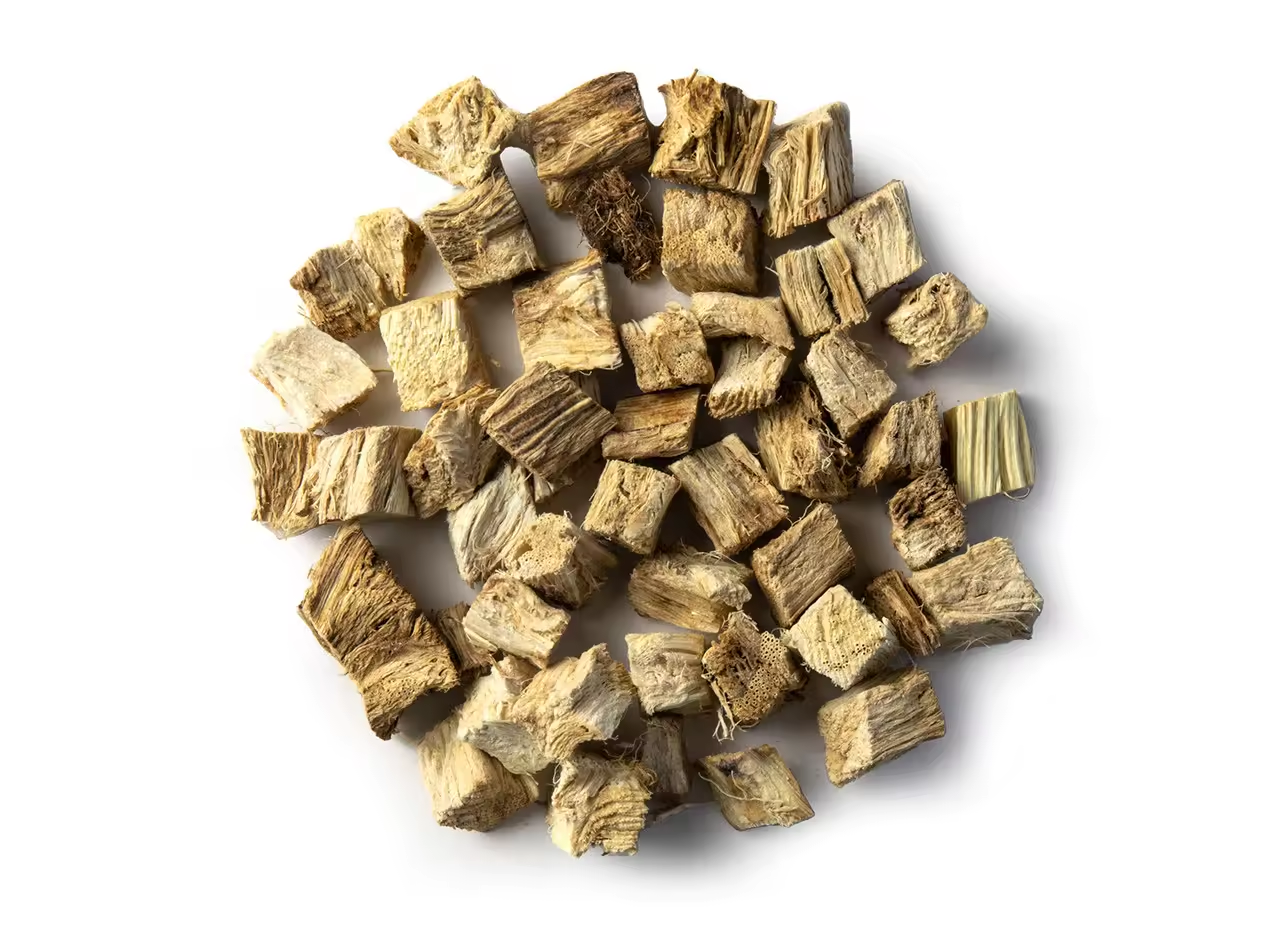

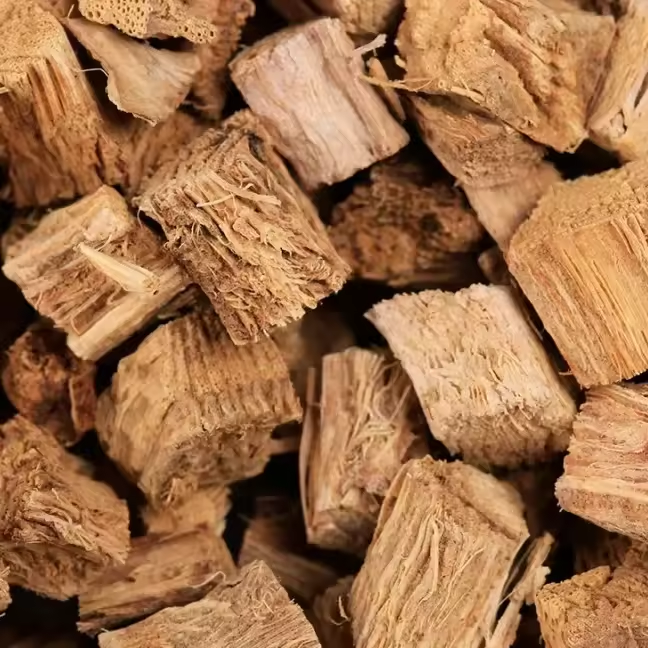
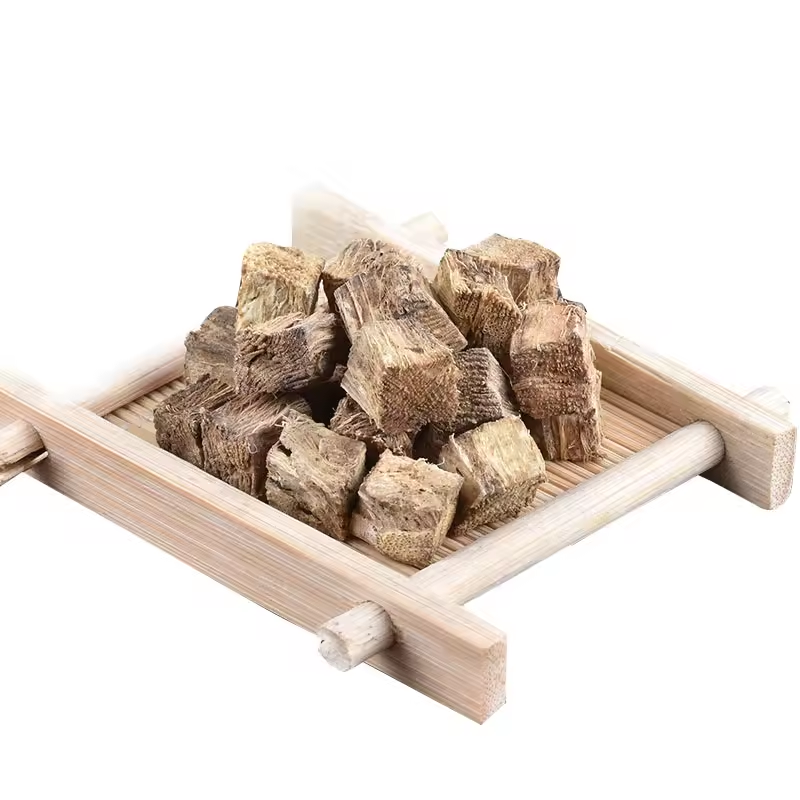
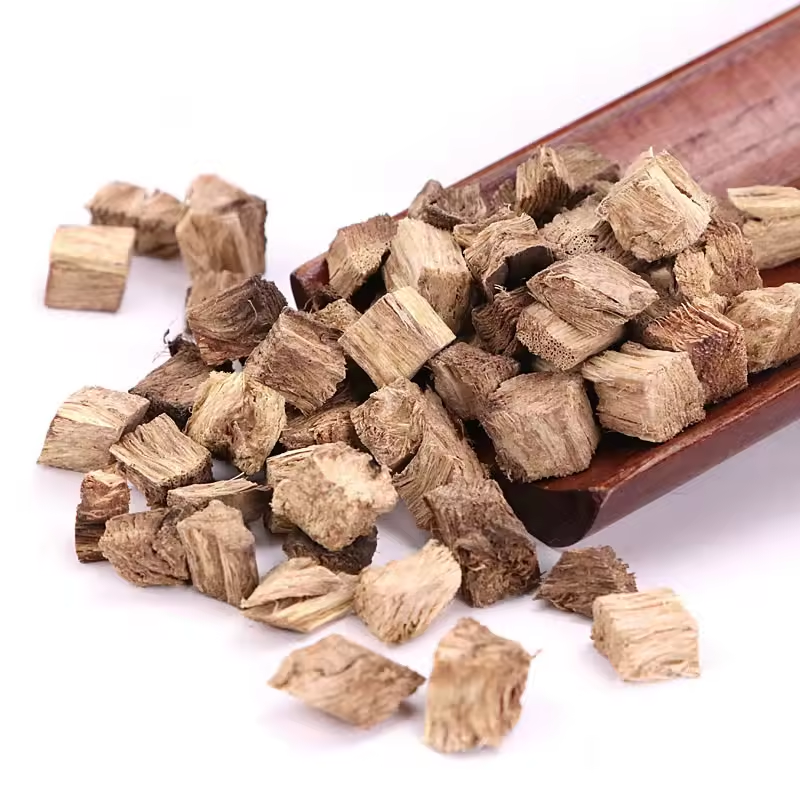
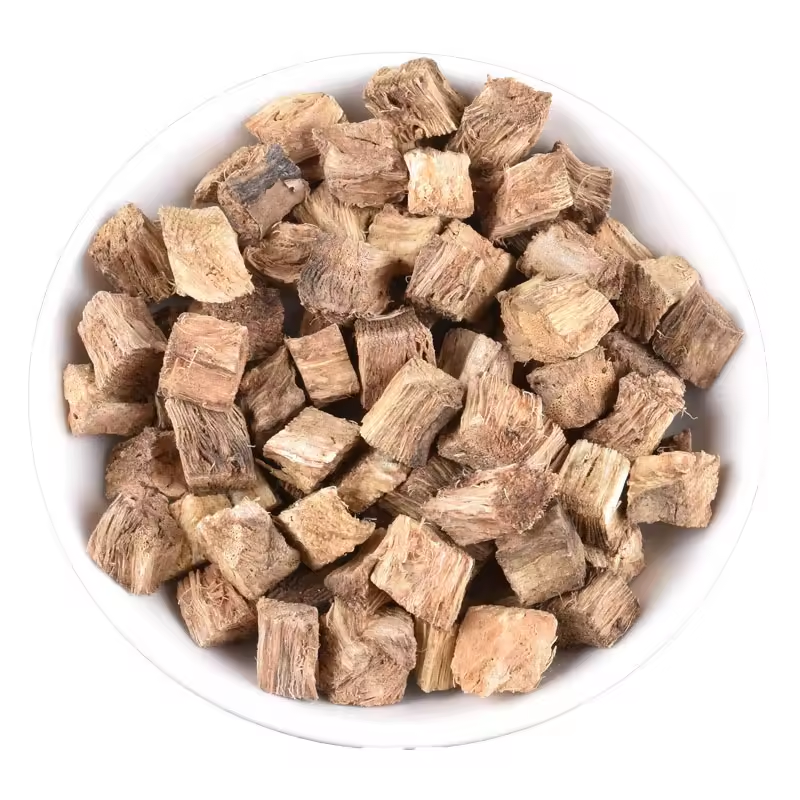
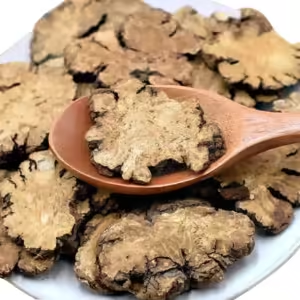
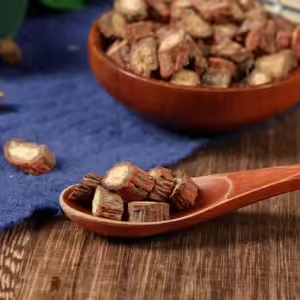
Bewertungen
Es gibt noch keine Bewertungen.